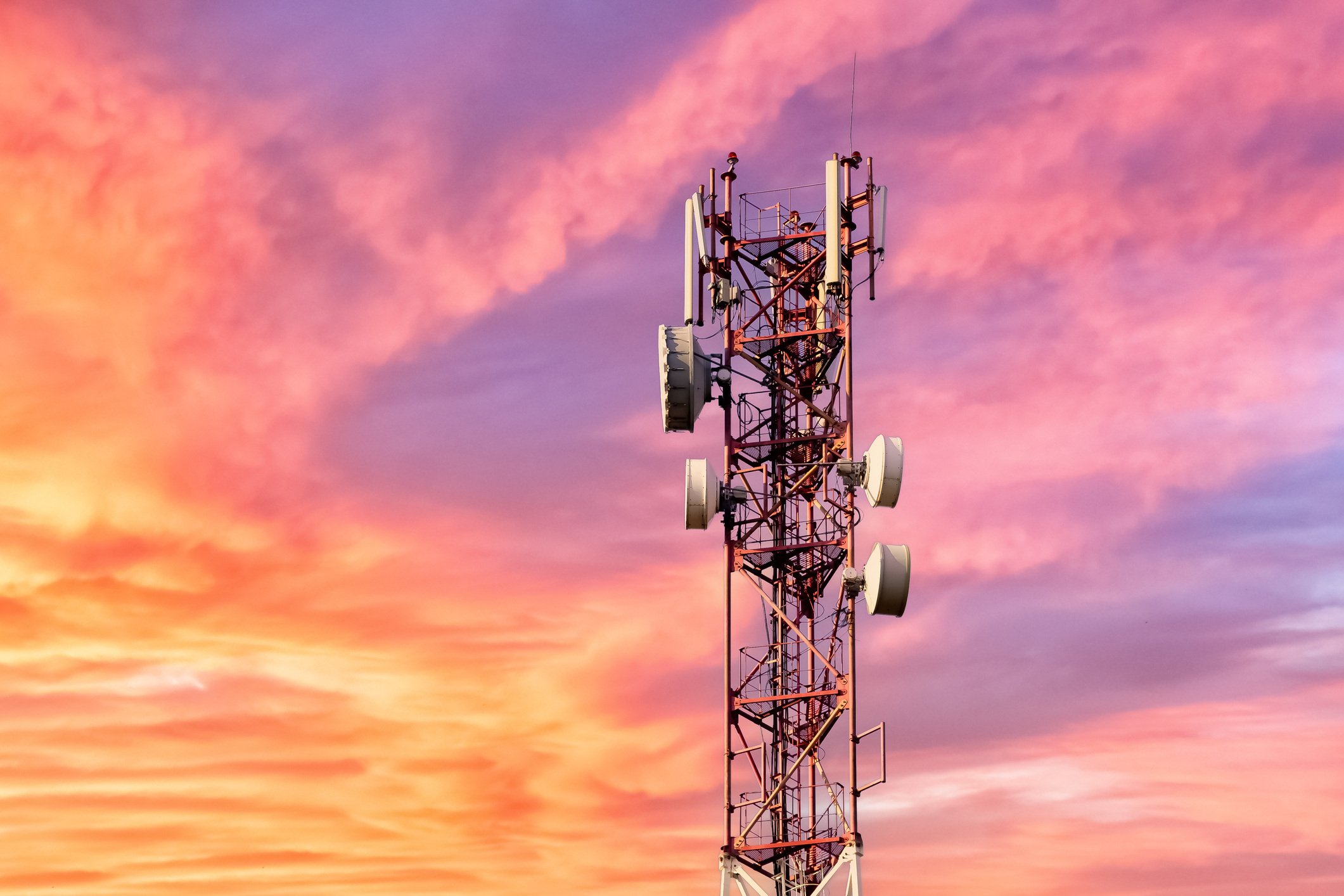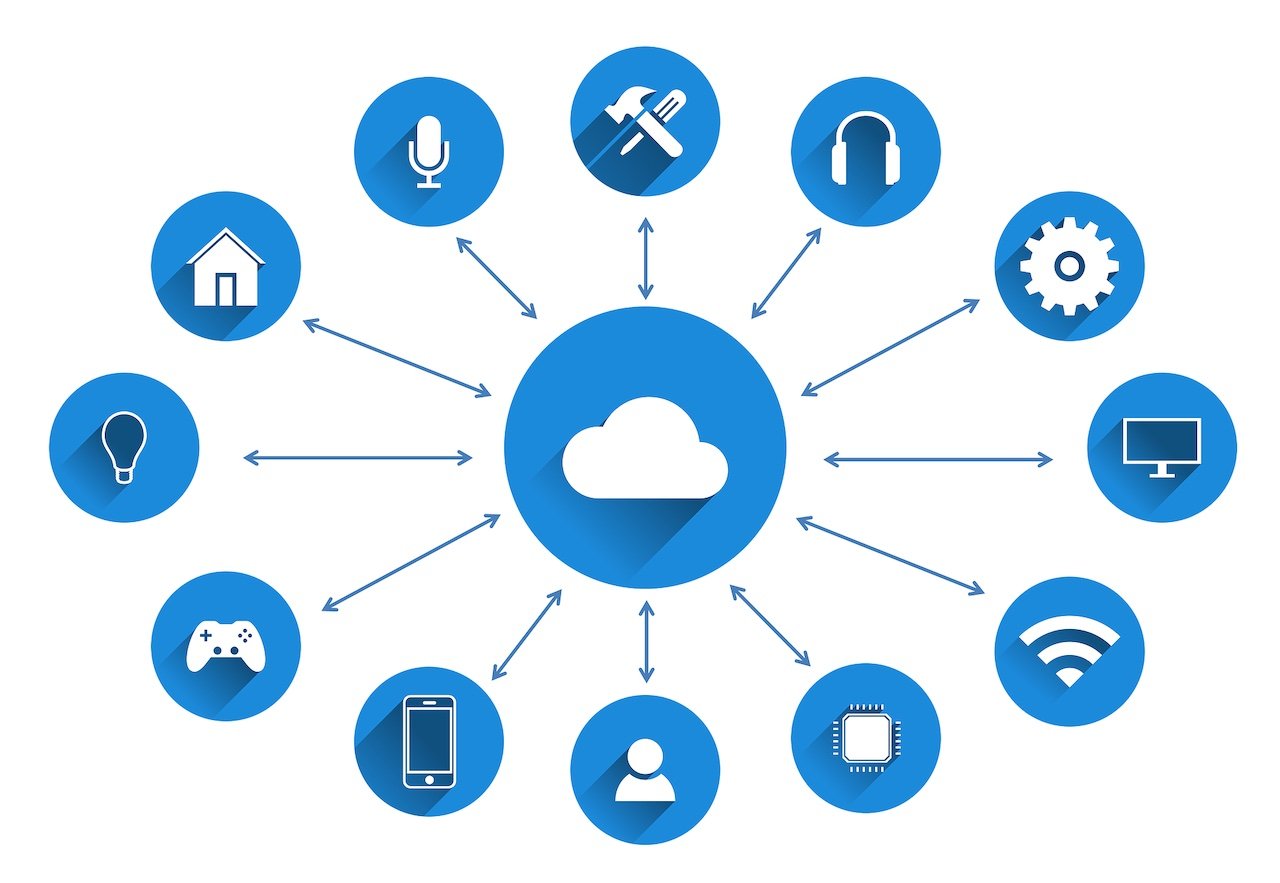
- April 2025 (1)
- March 2025 (2)
- February 2025 (1)
- December 2024 (2)
- November 2024 (2)
- August 2024 (2)
- June 2024 (3)
- May 2024 (3)
- April 2024 (1)
- March 2024 (3)
- February 2024 (2)
- January 2024 (2)
- December 2023 (1)
- November 2023 (2)
- October 2023 (2)
- September 2023 (1)
- August 2023 (1)
- July 2023 (2)
- June 2023 (3)
- May 2023 (2)
- April 2023 (1)
- March 2023 (4)
- February 2023 (1)
- January 2023 (2)
- November 2022 (2)
- October 2022 (1)
- September 2022 (1)
- August 2022 (2)
- July 2022 (2)
- June 2022 (2)
- May 2022 (1)
- April 2022 (3)
- March 2022 (1)
- February 2022 (3)
- January 2022 (2)
- December 2021 (1)
- November 2021 (1)
- October 2021 (2)
- September 2021 (3)
- August 2021 (1)
- July 2021 (4)
- June 2021 (1)
- May 2021 (2)
- April 2021 (2)
- March 2021 (2)
- February 2021 (3)
- January 2021 (3)
- December 2020 (1)
- October 2020 (1)
- August 2020 (1)
- August 2019 (1)
- January 2019 (2)
- September 2018 (5)
- June 2018 (1)
- November 2017 (1)
- September 2017 (1)
- July 2017 (1)
- May 2017 (1)
- January 2017 (1)
- October 2016 (2)
- August 2016 (1)
- July 2016 (1)
- June 2016 (1)
Subscribe by email
Advancements in IoT have brought tremendous value not only to consumers but also to businesses. There are now numerous ways to monetize an IoT product, and the best way is generally through a subscription model. Here’s what you need to know about using a subscription model for your IoT business.
Challenges of IoT Monetization
IoT monetization has challenges since it involves a complex web of components. The traditional approach used to handle products, such as production, inventory, and shipping, are not sufficient to manage your relationship with your customer in an IoT business. It’s essential to work through these challenges when monetizing your IoT product. You’ll need to tackle the following.
Complex Ecosystem
The IoT ecosystem isn’t made up only of buyers and sellers. There are additional partnerships and relationships, including resellers, vendors, manufacturers, users, and more. While these new relationships add complexity to the IoT ecosystem, a thoughtful plan and robust management system can tame this complexity.
Pricing Models
You’ll need to offer tailored billing options since subscription-based models use actual data usage. Billing systems also have the added challenge of administering subscription models as they need the ability to adjust for free trials, upgrades, and more. That said, with the right billing platform, you can easily manage these tailored options.
Revenue Recognition
Subscription-based revenue adds accounting challenges due to revenue recognition standards. Businesses need to make sure they recognize deferred income at the right time to avoid legal ramifications. You’ll want to be sure you have a team member or partner who understands the financial implications of IoT monetization.
How to Monetize Your IoT Product
The IoT industry is evolving rapidly, making it even more important to have a system in place to monetize the value of your IoT product and the connectivity associated with it. The product sale is a consideration, of course, but even more important is the ongoing relationship you’re building with your customers and the value you can provide via connectivity. By leveraging connectivity, you can create a recurring revenue stream for your company.
3 Strategies for Better Subscription-Based IoT Monetization
To truly harness the value of a subscription-based monetization model, there are several strategies you’ll want to implement to streamline your operations.
1. Use a Billing Platform Designed for IoT Subscription Services
There are many billing platforms available, but using one tailored to a subscription-based IoT model will significantly reduce the work involved in billing. You’ll want a billing platform that allows you to bill based on usage and create custom packages with tiered subscriptions. A robust billing platform will provide you with the support you need to handle billing while ensuring compliance. With a billing platform designed specifically for IoT, your provider should manage the interaction between the billing functions (such as collecting the fees and making recurring charges) and the carrier functions (such as activating the device, monitoring data usage, and deactivating the device when the subscription is stopped or suspended). A billing platform built for IoT should also provide automated notifications to the customer (such as alerts when the customer is near the end of their data limit) and notifications to your team (such as when a customer has canceled their subscription). The combination of these capabilities is critical for the success of an IoT solution.
2. Make Customer Service Simple with an Intuitive Portal
With any subscription-based service, you’ll want to give customers the ability to manage their accounts and upgrade their subscriptions. Customers should also be able to activate their devices and purchase additional cellular data as needed — without requiring manual involvement from your team. An intuitive customer portal allows you to simplify customer service and reduce the resources you dedicate to it.
3. Measuring and Monitoring Business Data
To effectively manage your business, you need to be able to efficiently track churn rate, gross margins, total revenue, number of active devices, amount of cellular data consumed per device, and other important metrics. Without these insights, you’re operating blind — you’re forced to make business decisions without the foundation information to ensure you’re taking the best course of action.
Choosing a Business Model to Monetize Your IoT Product
Your business model needs to support your billing model and be flexible enough to grow with the industry. While there are many different business models for an IoT company, including pay-for-usage and outcome-based, using a subscription model allows you to create a recurring revenue stream and positions you to take advantage of new opportunities as cellular data needs increase.
Additionally, customers are used to “as-a-service” subscription models since they are widely used in many industries. Subscriptions offer a win-win for businesses and their customers as it’s easy to understand and familiar with providing regular income to the companies using them.
Benefits of the Subscription Model for IoT Monetization
In addition to establishing an ongoing relationship with customers, using a subscription model also provides the following benefits:
- Streamlining your business operations — While the subscription model does have some complexity, it doesn’t involve as many challenges as other models. For example, the service model requires you to hire a team who can deliver your device’s accompanying service, and the data monetization model creates privacy concerns.
- Building trust with your customers — Creating tailored packages geared specifically for the different types of customers you serve demonstrates that you understand your customers and their goals.
- Leveraging usage data — Subscription models are easy to generate analytics on, allowing you to gain a deep understanding of where risks and opportunities lie in your business.
- Increasing market share — With a subscription model, you can offer flexible, customized options that make it easy for potential customers to get the precise solution they need. This flexibility gives you a competitive advantage.
Using the Subscription Model to Monetize Your IoT
There are many ways to monetize your IoT product, and each has advantages. We recommend the subscription model since it’s ideal for the IoT business and positions you for the future. It’s based on the popular “as a service” approach and provides flexible billing options, an advantage to businesses and customers alike.
Unsure of the right billing option for your IoT solution? We'd love to help. Contact us to discuss your company's unique needs. We’re happy to provide you with insights that will help you make the decision.
You might also like:
Related Content
The latest IoT insights and platform updates from Zipit.
IoT devices need flexible network technologies optimized for low-power application...
Deploying an IoT solution brings significant value to businesses, but it also intr...
The Internet of Things (IoT) has transformed industries by creating a network of i...



